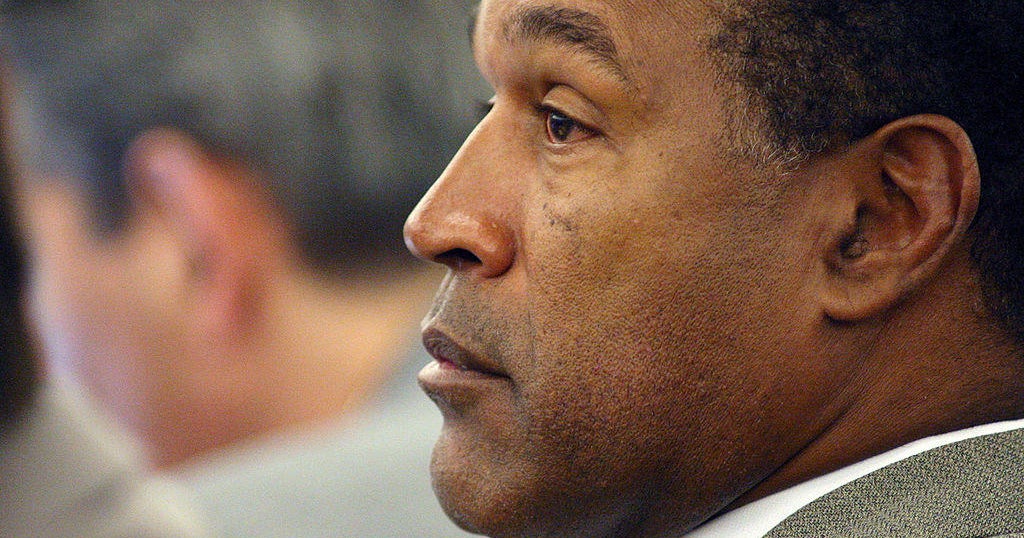Vertigo dizziness is scary, but common
More than five million people in the U.S. head to the doctor each year complaining about dizziness. Now the American Academy of Otolaryngology is updating recommendations on how to diagnose and treat vertigo.
Jaclyn Irizarry is one of those people. After a bump on the head from a kitchen cabinet, she developed vertigo symptoms that sent her life into a tailspin, she told CBS News' Meg Oliver.
"It's sort of like if you're on a boat and the boat is going from side to side," Irizarry said.
She's suffering from a condition called benign paroxysmal positional vertigo. It can arise after a head injury, as in Irizarry's case, but sometimes there's no known cause. It occurs when tiny crystals in the inner ear become dislodged. It can make a person feel like they're spinning, or as if the room is spinning.
"Sometimes I do feel a knot in my stomach, nausea," Irizarry said.
Now experts at the American Academy of Otolaryngology — ear, nose and throat specialists — are updating their recommendations on how to diagnose and treat this very common problem.
The diagnosis can be made by listening to a patient's history, Dr. Sujana Chandrasekhar told CBS News.
"The patient will give you the history if you ask them the right questions. You should not do X-rays or CT scans or MRI's on these patients, even though they're very afraid," said Chandrasekhar, director of New York Otology, a hearing and balance diagnosis and management center.
Doctors should also not prescribe motion-sickness drugs like meclizine or Dramamine for patients with vertigo because, Chandrasekhar explained, they're unnecessary.
Vertigo can be disabling, but once patients get the correct diagnosis, almost all cases can be treated and resolved successfully — without unnecessary and expensive high-tech tests and medications.
To treat Irizarry, Chandrasekhar performed a simple series of maneuvers, methodically turning and shaking her head.
"It seems crazy, but it really works," said Chandrasekhar.
"The goal is to take the stones [crystals] away from the active portion of the inner ear, put them in an inactive portion of the inner ear, and let them sit there," she explained.
A doctor can also teach a patient how to perform the movements on their own at home.
Irizarry's treatment worked and she's back to her normal activities.
Some patients may need repeated treatments to relieve their vertigo. Vestibular rehabilitation therapy, which involves a series of exercises to reduce dizziness and imbalance, may be helpful, too.




